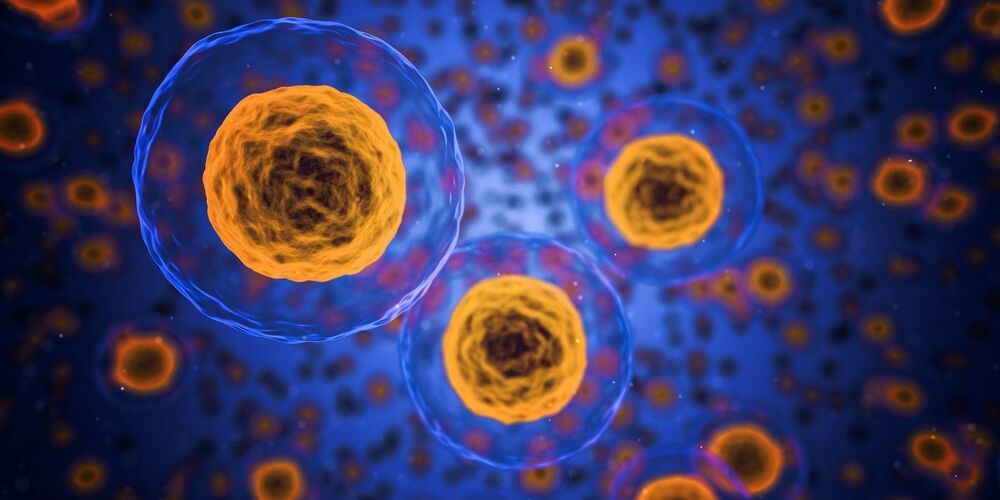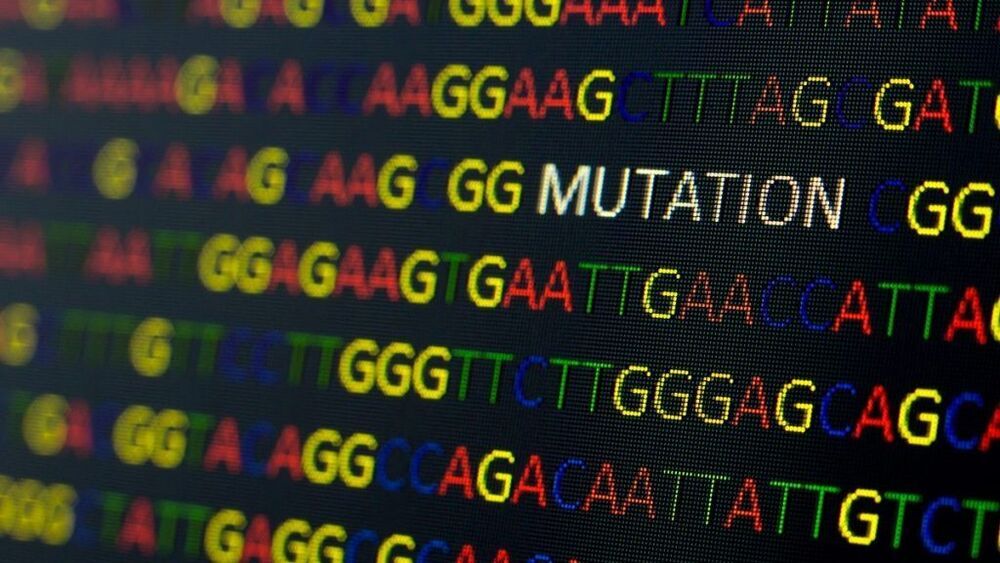Long vid. Slight annotation in the comments. A few takaways I liked: We need to move to human data instead of mice. People’s attitude towards life extension should change drastically soon. There is human data among this group and have released it, will keep following it, and some to be released soon. Sinclair thinks he can start primate trials this year. And overall everyone is optimistic.
A couple of weeks ago Avi Roy, alongside Nathan Cheng & Laura Minquini, hosted the Longevity Panel discussion, which assembled some of the biggest scientists in the field currently working on reversing aging.
This discussion was intended to illuminate how they are approaching longevity and to know if we are any closer in achieving it.
The talk was split into two sections: the first being open discussion guided by questions from the hosts. The talk was then opened up to the floor, allowing audience questions. Part 1 will provide the transcript from the first section of the Longevity Panel. Enjoy!
You can check out the full transcript, with addition links on the Gowing Life website: https://www.gowinglife.com/longevity-panel-the-scientists-wo…ng-part-1/




